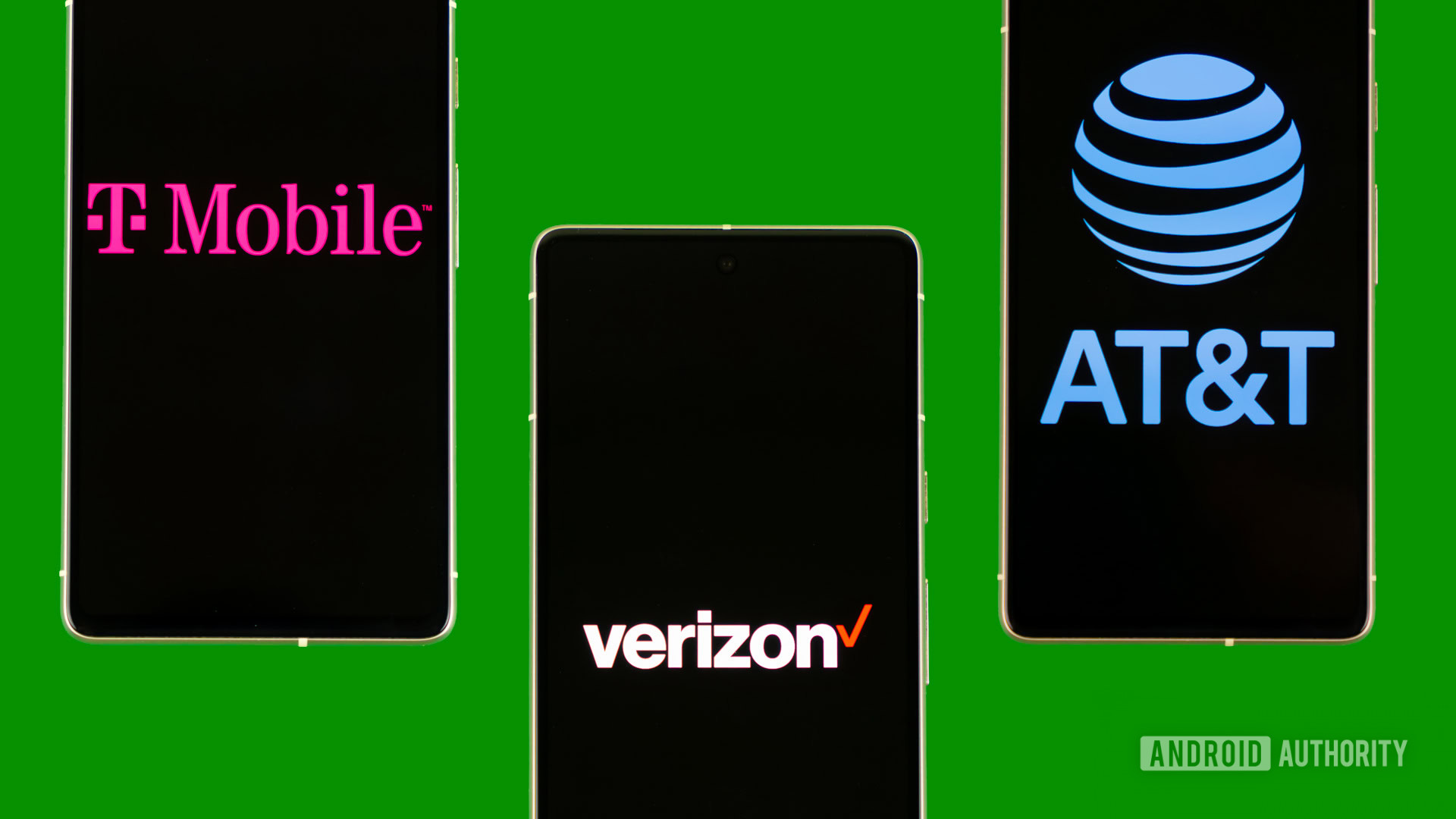
Edgar Cervantes / Android Authority
Verizon is one of the most popular carriers in America with a strong network and fairly comprehensive coverage in nearly every corner of the country. It’s also not exactly cheap. Looking for a way to get Verizon’s service for less? There are quite a few Verizon-based prepaid carriers out there, but today we’re going to focus on one of the very newest, Mediacom Mobile.
Mediacom Mobile formally launched in mid-July, offering Mediacom subscribers a way to cheap phone service directly from the telecom provider. Let’s jump in and take a closer look at Mediacom Mobile vs Verizon.
| Plan Xtream By the Gig | Cost $15 per month (taxes/fees included) | Talk & Text Unlimited talk and text | Data Includes 1GB of data | Extras Hotspot access |
| Plan Xtream Unlimited | Cost $40 per month (taxes/fees included) | Talk & Text Unlimited talk and text | Data Unlimited data up to 20GB, reduced to 1Mbps down/512k up afer that | Extras Hotspot access up to 5GB, reduced to 600kbps after that |
| Plan myPlan Unlimited Welcome | Cost $65 for one line
| Talk & Text Unlimited talk and text | Data Unlimited 4G LTE
| Extras No hotspot access |
| Plan myPlan Unlimited Plus | Cost $80 per line for one line
| Talk & Text Unlimited talk and text | Data Unlimited 4G LTE
| Extras 30GB 4G LTE or 5G |
| Plan myPlan Unlimited Ultimate | Cost $90 per line for one line
| Talk & Text Unlimited talk and text | Data Unlimited 4G LTE | Extras 60GB 4G LTE or 5G |
Mediacom Mobile vs Verizon: Pricing and value
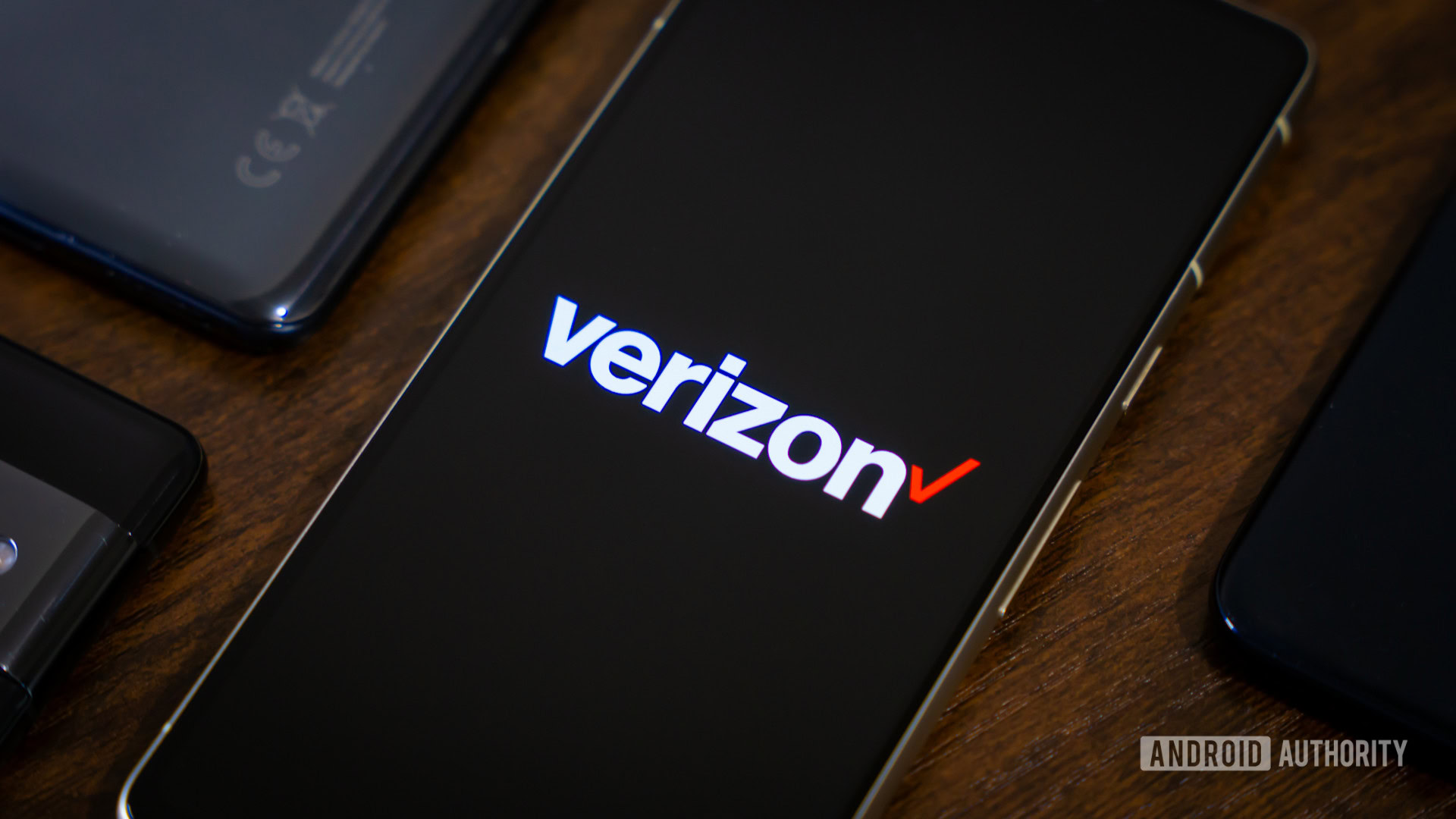
Edgar Cervantes / Android Authority
- Winner: Tie
If cheap pricing is what you’re after, Mediacom Mobile looks like the cheaper deal on paper with a starting price of just $40 a month versus $65 a line for one line on Verizon’s cheapest plan.
Of course, there’s more to it than that. For starters, you must have a Mediacom Xtream home internet plan, home phone plan, or cable service in order to sign up for the company’s mobile offering. Your actual pricing will vary from region to region, though many regions offer a basic plan starting at $19.99 a month for the first year. It’s also worth mentioning that adding multiple lines brings pricing down considerably for Verizon with rates dropping to just $30 a month per line for four lines.
That’s actually cheaper on paper than Mediacom Mobile’s unlimited plan until you remember Verizon doesn’t include taxes and fees, while the former does. However, once you factor in fees, the price for families is still likely to be similar or a few bucks cheaper.
In contrast, the new Mediacom Mobile service doesn’t offer family plan discounts. If you’re a big family you’re actually better off going with Verizon. You might be wondering about Verizon’s prepaid offerings and how they compare in terms of value, but honestly, in most cases, you’ll find Mediacom cheaper for individual lines and Verizon’s postpaid offerings are cheaper for families.
Of course, there’s more to a good value than just the actual price tag. Verizon’s postpaid options offer a few extras you won’t find with the Mediacom Mobile plans. First, you’ll get truly unlimited data on most of Verizon’s plans (Welcome technically can slow you down occasionally, but we’ll get into that a bit later in this post). Second, you have the option of adding perks to Verizon’s plans for $10 each, which include extras like a Disney Plus bundle, Apple Music Family, Netflix plus Max Bundle, and so much more.
Verizon also offers unlimited talk and text in Mexico and Canada, with its mid-range and top-tier plan giving you 30-60GB of LTE/5G while visiting these two countries as well. You can even text within the US to over 200 countries for free with every Verizon postpaid plan.
At the end of the day, we’d say these two plans are pretty tied in value. Sure, if you only need a line or two and already subscribe to Mediacom services — the new mobile plans are worth it. For everyone else, Verizon simply offers greater perks and can even match the same level of value if you have a big enough family or group of friends to split the bill with.
How does coverage compare between Verizon and Mediacom Mobile?
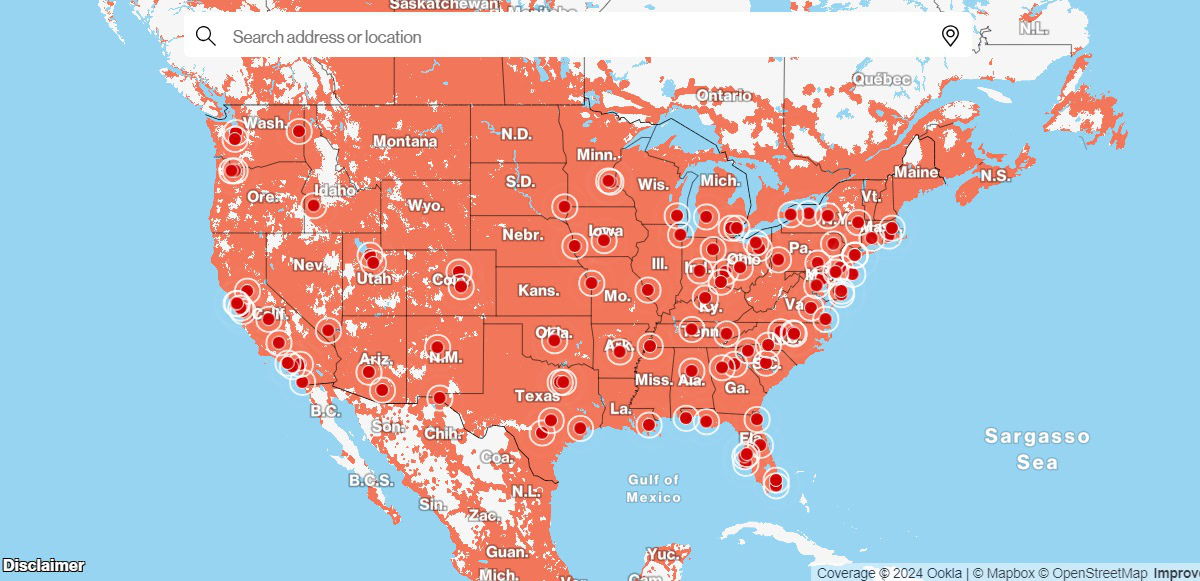
- Winner: Verizon
As previously mentioned, Mediacom Mobile uses Verizon’s network, so you can expect fairly similar coverage. That said, it won’t be identical. Verizon has a fairly reliable network but it’s not infallible, and there are definitely dead zones. Postpaid Verizon users have the benefit of roaming arrangements to fill any gaps in coverage, whereas Mediacom Mobile won’t have this same benefit.
Data allotments and prioritization are much better with Verizon
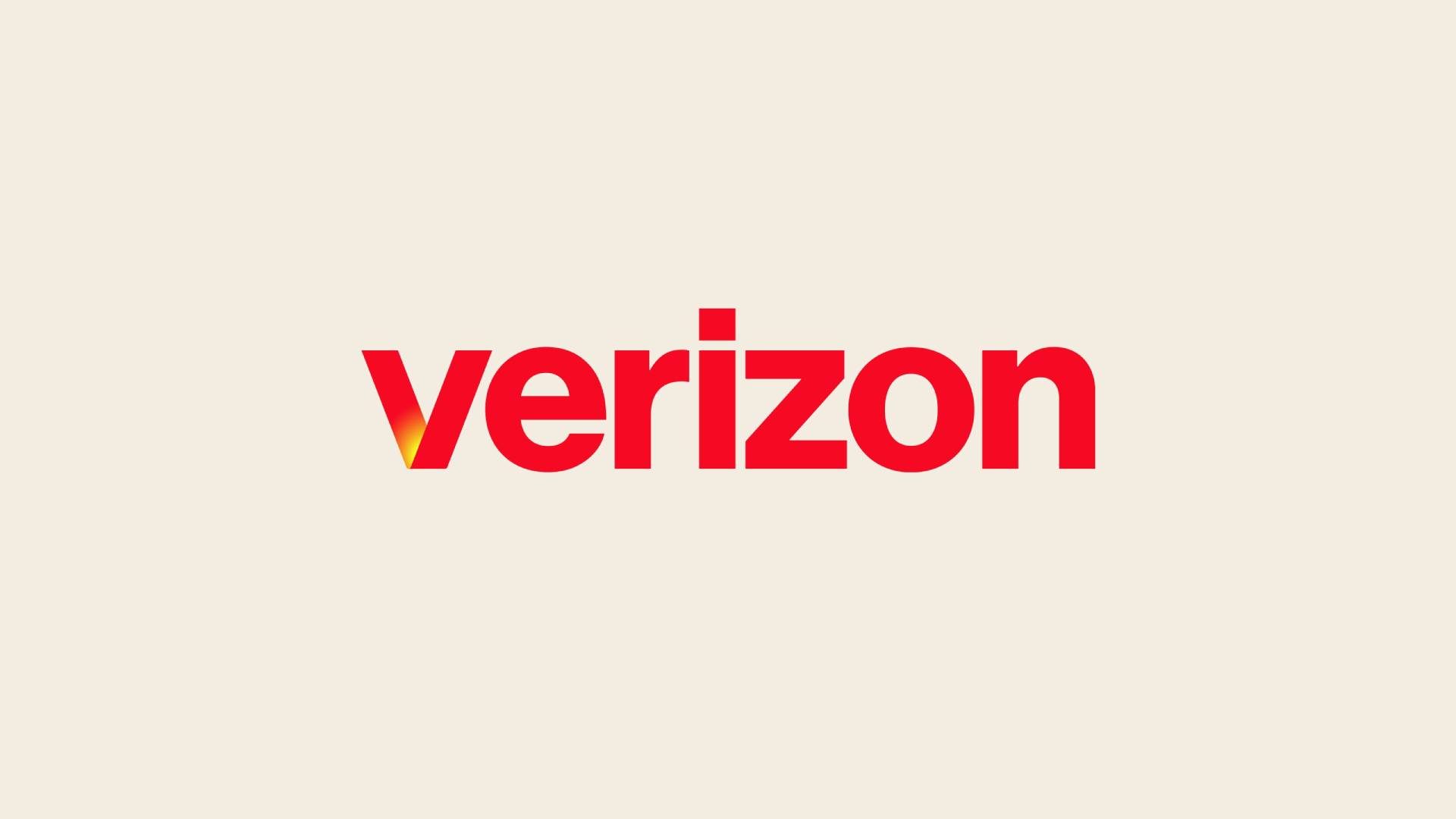
- Winner: Verizon
This is where the two carriers start to diverge more significantly. First, Verizon’s postpaid plans get the highest level of priority during times of congestion. Mediacom Mobile clearly doesn’t, and so during mobile traffic peaks you will likely see degraded service. Whether it will be bad enough to notice will likely depend on the city or region you’re in and how overpacked your local cells really are.
That’s not the only disadvantage to Mediacom’s offerings. Mediacom Mobile’s By the Gig plan would almost sound like a more expensive version of Google Fi’s Flex plan, but the catch is you can only buy 4GB of extra data, on top of the 1GB included. After that you will have speeds throttled down so low that checking email is about the only thing it’ll still be able to do. Even Mediacom’s supposedly unlimited plan has pretty clear limits, as it states you’ll see speeds reduced to 1Mbps down and 512Kpbs down after using 20GB of data.
Bottom-line, if you use a lot of data and need the best possible speeds, you’re going to be better served with Verizon.
Promotions, special offers, and phone selection
Robert Triggs / Android Authority
- Winner: Verizon
Verizon offers pretty much every major phone offered in the US with a large variety of devices from Apple, Samsung, Google, and Motorola. This includes both flagships like the Galaxy S24, Pixel 9, and iPhone 15 as well as more modest devices like the Galaxy A53, iPhone SE, and Pixel 8a. There are also typically several free phone promotions. For example, right now you can get the Pixel 9 for free from Verizon, but that’s just one of many similar offers.
Mediacom Mobile doesn’t even compete here at the moment. For one, it doesn’t have a phone store just yet. Its website indicates this is coming soon, but for now, the only way to get access is by bringing your existing device over to the network.
It’s also less likely that it will offer free phone promotions or other special perks when it does finally launch its store. As for what phones they will eventually carry? Mediacom doesn’t get into details but mentions it will have the latest Samsung and Google devices. Hopefully, this means flagships too, and not just budget devices.
If you are comfortable bringing your own device, or waiting for the store to go live, Mediacom Mobile isn’t a bad choice but you’ll definitely get better phone promotions through Verizon directly.
Mediacom Mobile vs Verizon: Which carrier is right for you?

Andrew Grush / Android Authority
If you are okay with going with a postpaid plan, Verizon is actually the better deal for those who prefer to buy phones through their carrier. This is especially true for families, as Verizon actually becomes similarly priced once you add multiple lines.
Of course, if you’re an individual user or just a small family with younger kids, Mediacom Mobile will definitely save you money. Just remember you need to have at least one other service from Mediacom to qualify. If you’re the kind that flip-flops between ISPs to take advantage of special sign-up pricing, you might not want to tie your mobile line to Mediacom’s internet, home phone, or cable service.
Who am I, and why should you trust me?
My name is Andrew Grush and I’m a decade-plus veteran of Android Authority. My experience in the mobile industry even dates back a few years earlier than that. In that time I’ve tested out a ton of different carriers including all the big three (and defunct ones like Sprint), as well as a multitude of prepaid providers. As a result, I have a pretty firm grasp of what to expect from both postpaid and prepaid providers in the US market.
While I have a lot of areas of expertise, I pride myself on being the kind of guy who never settles and is always trying new things. That applies to carriers as well. I’ve used T-Mobile, Verizon, AT&T, Visible, Google Fi, Cricket, US Mobile, Mint Mobile, and several other carriers for extended periods on and off throughout the years.
When I write about prepaid and postpaid services, you can be sure that I’ll have actual real-time experience and insights. In the case I don’t personally have Mediacom Mobile but I am a Verizon subscriber and am very familiar with its MVNO practices and policies.


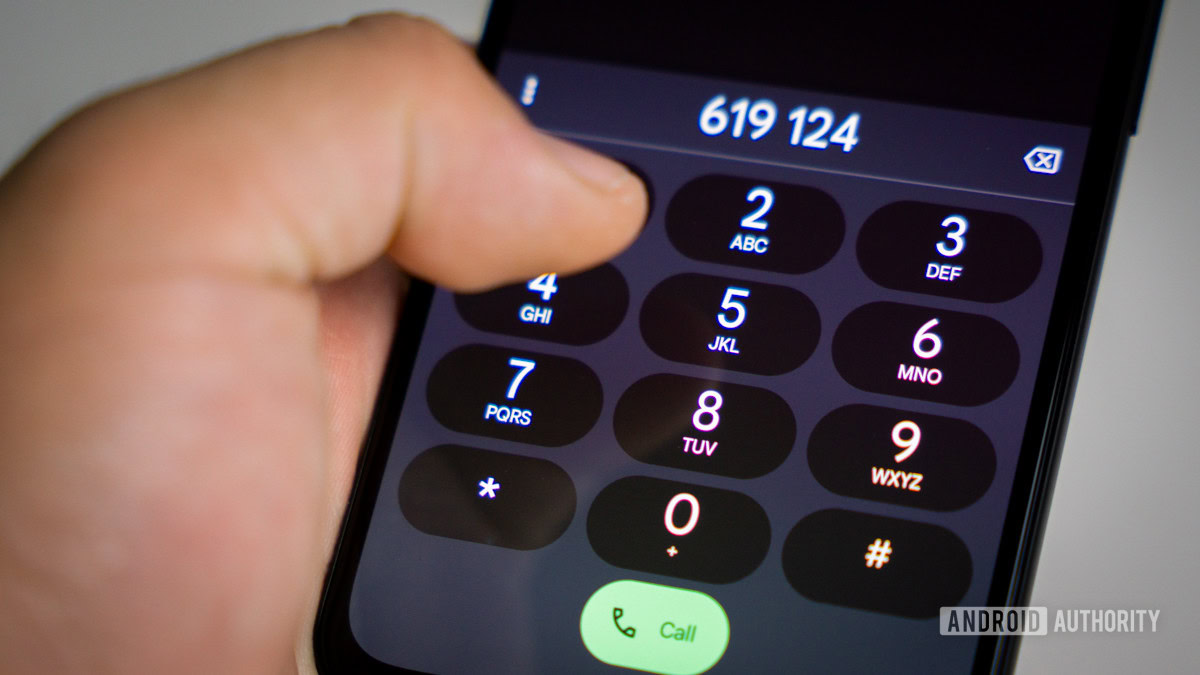




 English (US) ·
English (US) ·